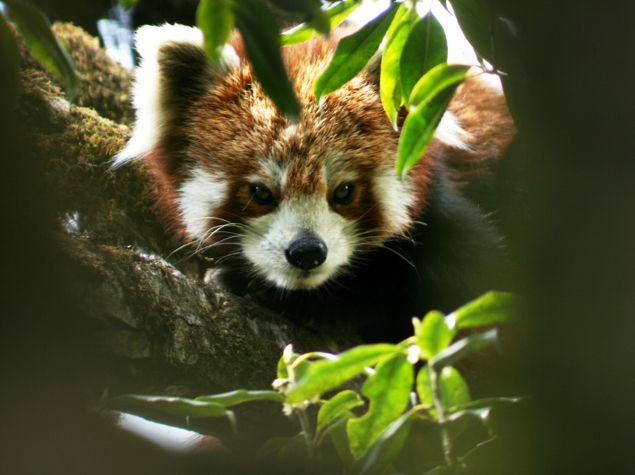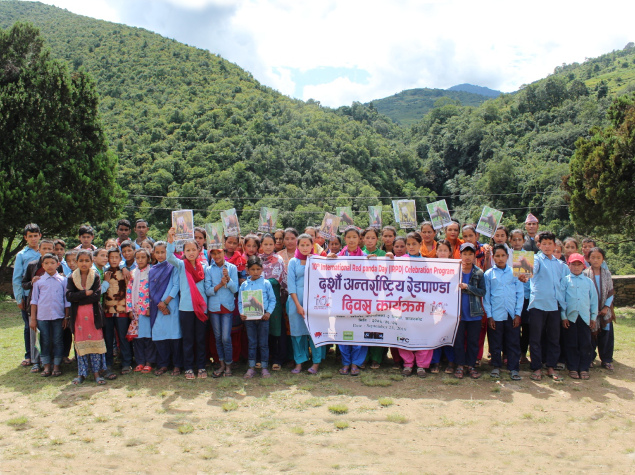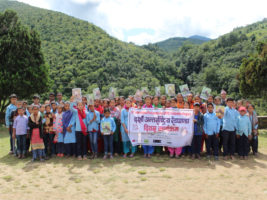Protecting the endangered Red Panda through community involvement

The red panda (Ailurus fulgens) is a flagship species that has been identified as an indicator of ecological health. It is listed as endangered by the IUCN and is present in the annex 1 of the CITES. Western Nepal harbors more than 50% of the red panda habitat in the country. The proposed implementation area is located between 2 parks and a hunting reserve which provides habitat connectivity for the species. The population there is threatened by poaching and habitat loss which has not been monitored yet.
The aim of this project is to create stewardship among local communities to ensure the long-term conservation of the red panda.
To do so, the NGO Red Panda Network (RPN) will establish monitoring blocks and conduct monitoring on a quarterly basis. Local people, trained as forest guardians, will be involved in monitoring (presence sign, habitat quality, disturbance/threats). Data on red panda presence will be collected, including both indirect signs (scat, grazing, scratch marks, and footprints) and direct sighting of the animal.
Community-Based Anti-Poaching Units (CBAPU) will be established involving local forest users and Forest guardians (FGs) in each village forming a large network of anti-poaching units. The members of the CBAPU will be trained on anti-poaching investigation techniques. They will patrol and monitor red panda habitat, remove traps and snares, and report poaching activities to regulatory agencies. These units will relate to local community-based organizations, NGOs/INGOs, government and security agencies to ensure the support and sustainability of this initiative.
The local community will be supported in the establishment of nurseries of red panda palatable species, and saplings will be later planted in degraded habitat. Finally, habitat conservation will be ensured through the establishment of a community-based forest fire management system.
Final sumary report (September 2021):
Over the funding period, the NGO deployed 17 forest guardians progressing every 4 months on 38 blocks, of a 1km2 surface, in a community forest. As the species is elusive, teams focused on defecation sites such as branches, fallen trees, rocks, … twenty were recorded. Threats to the species were also noted.
2 anti-poaching networks were created.
Red pandas evolving in forested habitats nearby water sources, the NGO has restored a source to mitigate conflicts with humans. Teams also sensitized 30 users and guardians to fire risk and mitigation procedures during 2 days. Gear and clothes to fight fire were also handed over.
Red Panda Network also established two tree nurseries in two districts with a total of 30,000 plants, among which 2,800 were replanted. 5 hectares of forest in total were restored, among which 2,5 were fenced, to prevent herd divagation.
An operational plan for the species has been developed and approved by 10 communities.










